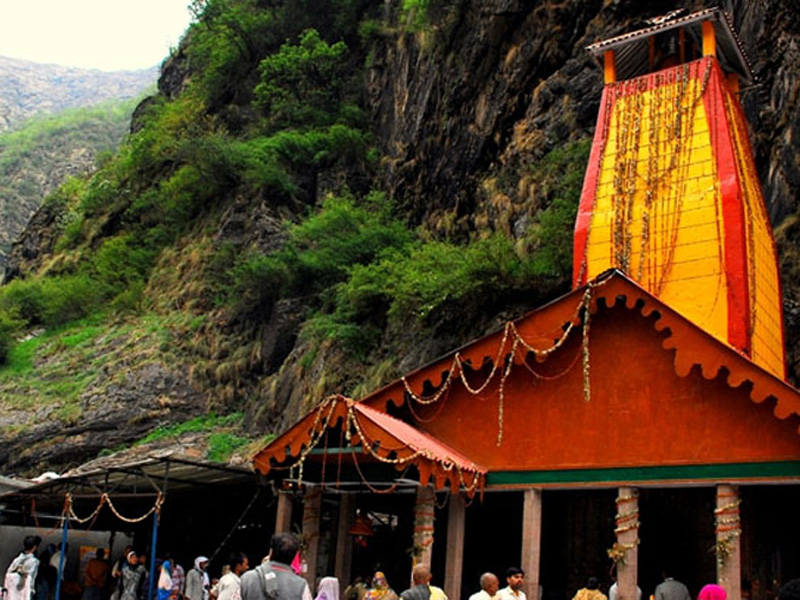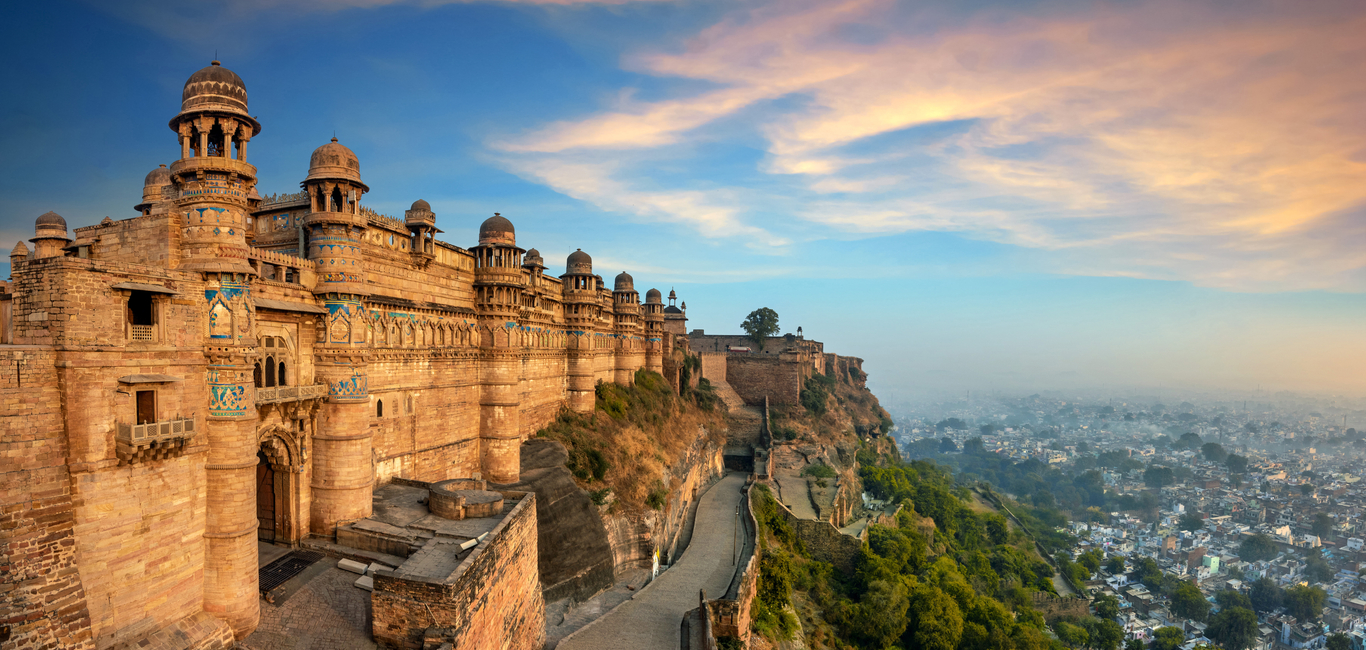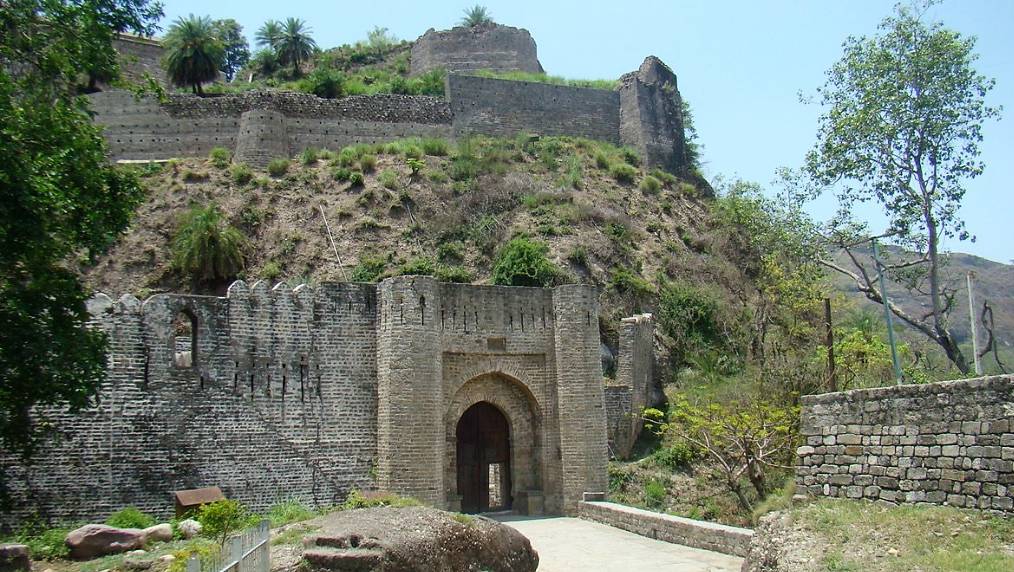
Yamunotri is the Yamuna River source, and the Yamunotri shrine stands on the western flank of the Bandarpoonch peak. The root of the Yamuna River is the Champsar Glacier near Yamunotri. Though it is tough to reach the exact source of the holy river, pilgrimage flock to the shrine, which is open from May to November. Legend has it that the sage, Asti Muni, used to reside at this private spot. Also, the hot springs here are an attraction—this beautiful temple of goddess Yamuna in the 19th century by Maharani Gularia of Jaipur.
Here, holy dips in the tank filled with hot springs and cooking rice in its water are part of the rituals. There are several thermal springs in the locality of Yamunotri, and the most critical Surya Kund has a temperature of 190 degrees F. Many pilgrims tie rice and potatoes in a Muslim cloth and soak them in water to be cooked. There’s a rock pillar Divya Shila to be worshiped before entering the Yamunotri temple. The pujaris of Yamunotri come from the village of Kharsali near Jankichatti. They are the administrators of the sacred place and perform religious customs well versed in Shastras. Yamunotri temple remains cold almost throughout the year, while it becomes a little pleasant in summers. The temple closes right after Diwali, and its deity is moved to Kharsali Village to be worshiped for the winter season’s next six months. Therefore, the best periods to visit the Yamunotri temple are May- June and September- October. It remains open for pilgrims from 6:00 AM to 8:00 PM and the Aarti Time at Yamunotri Mandir is from 6:30 PM to 7:30 PM.
Around Yamunotri:
Divya Shila: It is located at 3,235 meters high. The Yamunotri temple is surrounded by thermal springs and the Divya Shila, which means heavenly divine rocks. It is the place to be worshiped before entering the main Yamunotri temple. According to Skanda Purana, one can achieve spiritual liberation with a mere touch of the sacred rock.
Surya Kund: Here, the temperature is around 88 degrees C. It’s a hot water spring that is formed due to volcanic heat. This blistering water immediately cooks potatoes and rice tied loosely to a cloth. People consider them as a religious offering from Goddess Yamuna.
Sapta Rishi Kund: It’s a stunning natural lake with flowing water, and the pebbly blank will require you to walk along the track to reach Sapta Rishi Kund. This lake is considered the original place where the Yamuna originates. Located at a distance of 10 km from Yamunotri Temple, the lake is the source of the Yamuna River fed by Champsar Glacier, situated in the upper parts of the massif formed by Bandarpoonch Mountain.
Jankichatti: A place of relaxation is here; admire the beauty of the Gigantic Mountains all day long in this natural bed of thermal springs. It’s a small town with a transport facility located on the way to Yamunotri. It acts as an alternative base for treks, and many pilgrims take here a night halt.
Hanuman Chatti: It’s a confluence of Hanuman Ganga and Yamuna Rivers. At the location of 13 km from Yamunotri and 8 km from Jankichatti, it’s a small hamlet on the way to Yamunotri at 2400 meters altitude. The best trekking excursion is towards darwa Top and Dodi Tal and treks to Dodi Tal, from where the view is enchanting.



